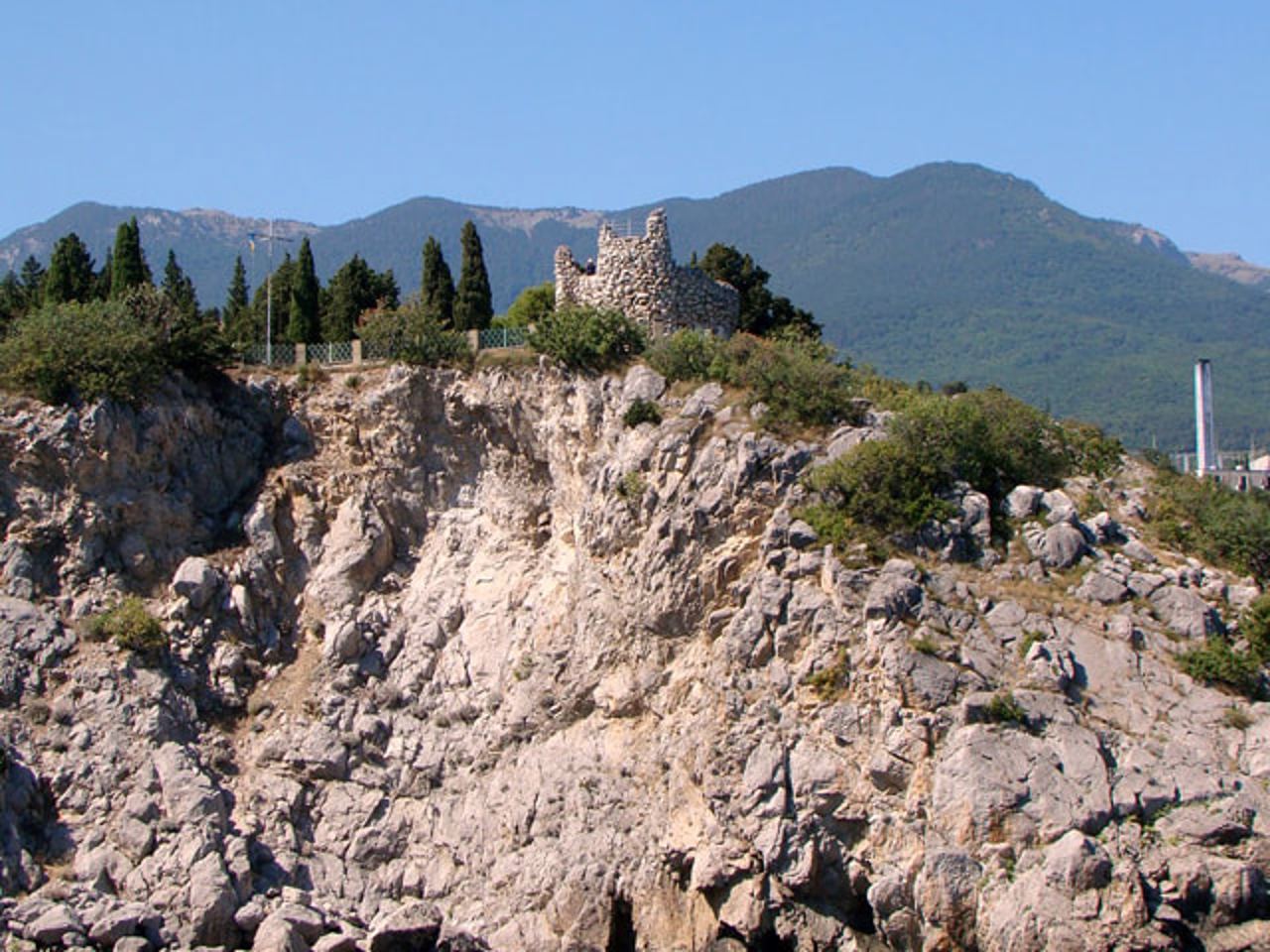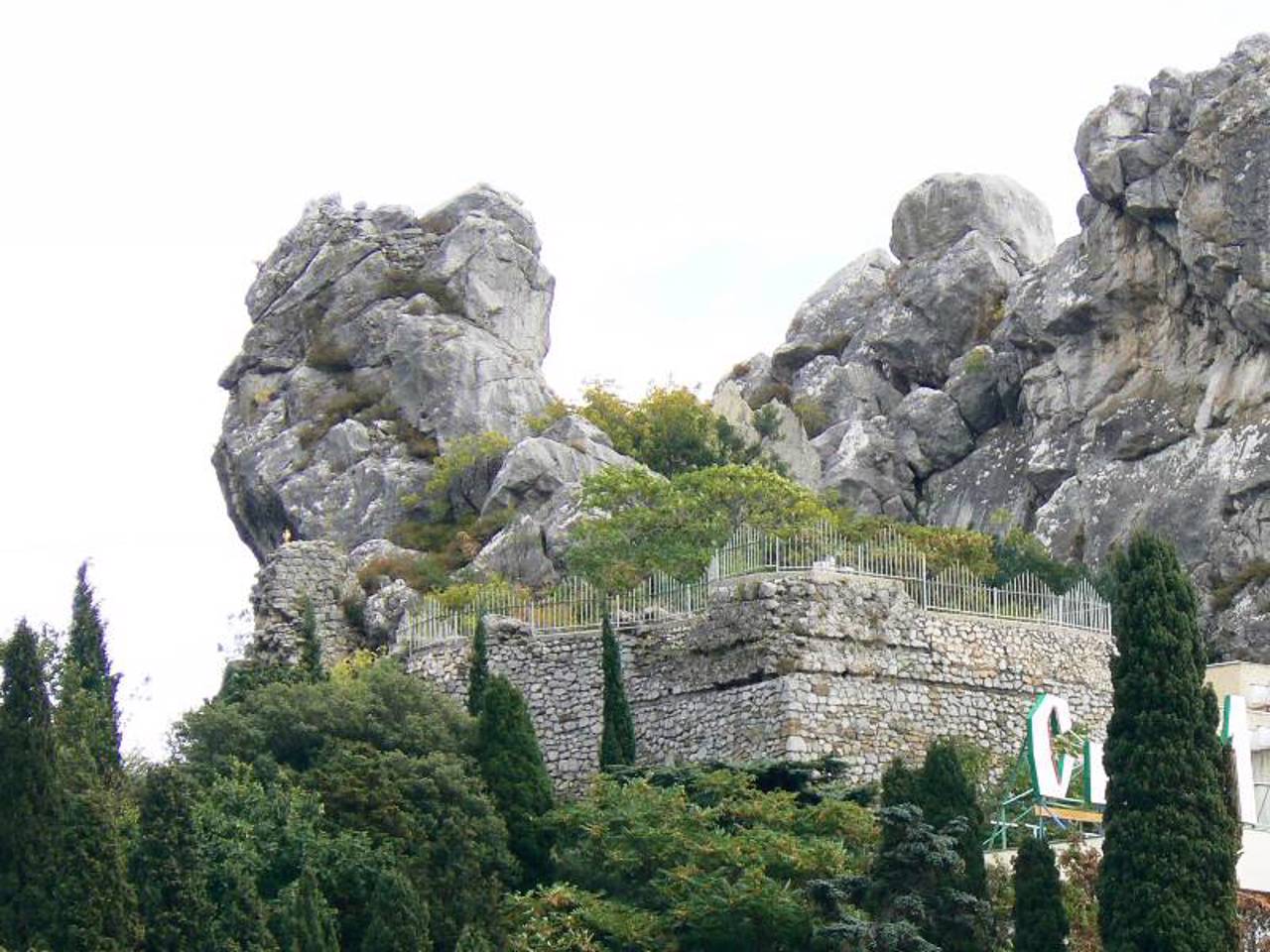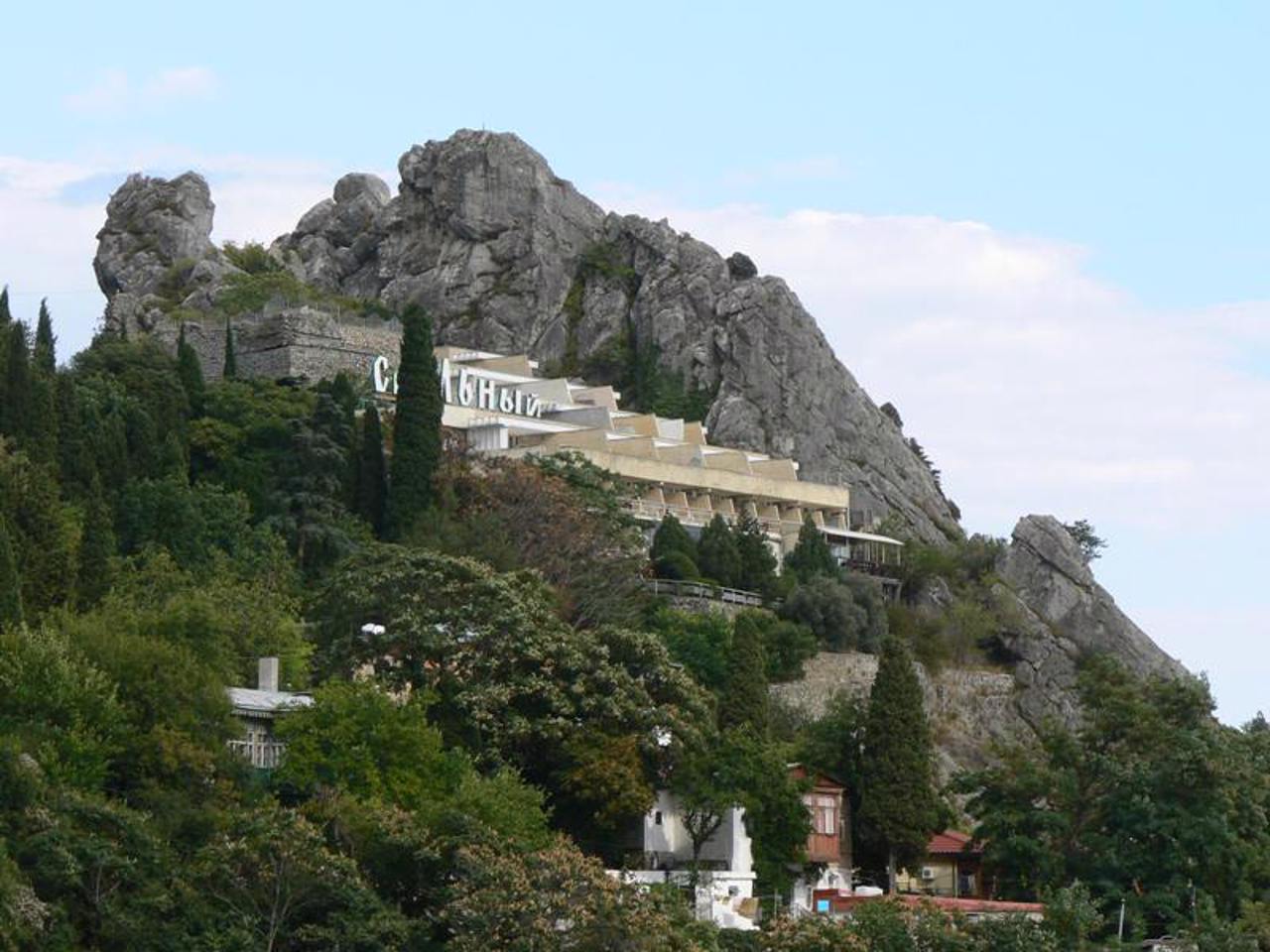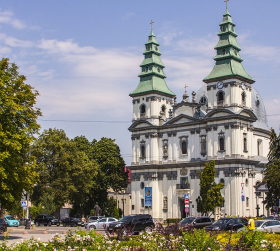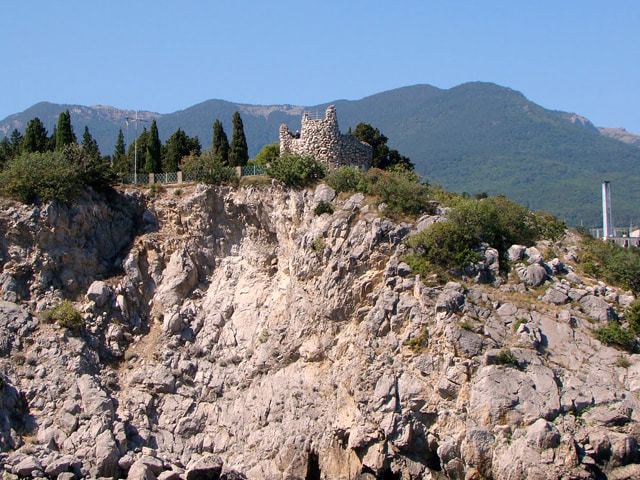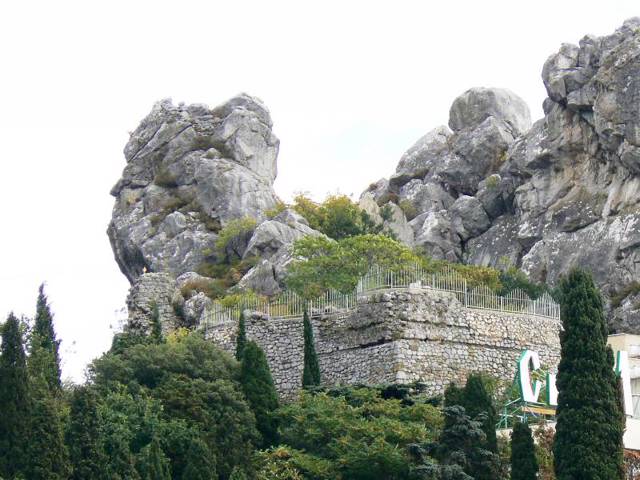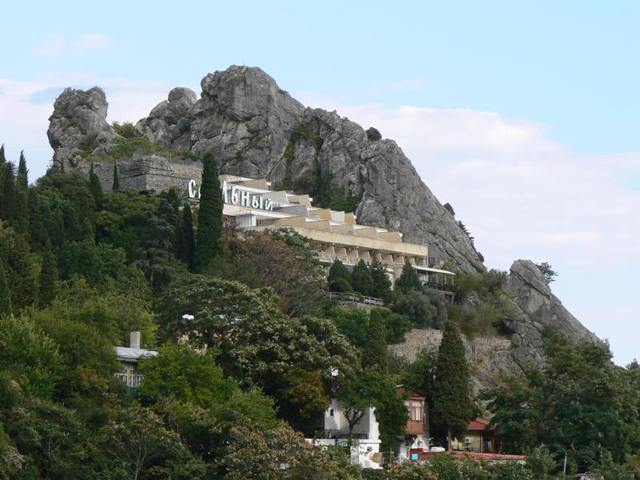Functional temporarily unavailable
Horzuvity Fortress, Hurzuf
Castle / fortress
General information about Horzuvity Fortress (Hurzuf)
The ruins of the medieval seaside Byzantine and Genoese fortress Horzuvity on the rock of Genevez Kaya dominate the small bay in Hurzuf.
The first Byzantine fortification was built in the VI-VIII centuries by Emperor Justinian. The fortress consisted of a small citadel and an outer defensive belt that protected the part of the settlement adjacent to the cliff. It controlled the Hurzuf Bay, where ships could moor, as well as the important pass of the Hurzuf Saddle.
After the Khazar invasion of the 8th-10th centuries, the Horzuvity fortress was restored as the residence of local feudal lords, and in the 14th century it passed int ...
The ruins of the medieval seaside Byzantine and Genoese fortress Horzuvity on the rock of Genevez Kaya dominate the small bay in Hurzuf.
The first Byzantine fortification was built in the VI-VIII centuries by Emperor Justinian. The fortress consisted of a small citadel and an outer defensive belt that protected the part of the settlement adjacent to the cliff. It controlled the Hurzuf Bay, where ships could moor, as well as the important pass of the Hurzuf Saddle.
After the Khazar invasion of the 8th-10th centuries, the Horzuvity fortress was restored as the residence of local feudal lords, and in the 14th century it passed into the hands of the Genoese.
In 1475, when the Crimea was captured by the Ottoman Turks, the fortress was completely destroyed and was never rebuilt. In the 18th century, academician Peter-Simon Pallas studied and described the ruins. Until the middle of the 20th century, only the remains of a defensive wall with a gate, the foundations of a Byzantine basilica, a rectangular tower and residential buildings of the 14th-15th centuries, as well as an impressive tunnel cut into the rock for observing the sea, were preserved.
Now the ruins are located on the territory of Artek, next to which is located the "Skelny" hotel.
Перше візантійське укріплення було збудовано у VI-VIII сторіччі імператором Юстиніаном. Фортеця складалася з невеликої цитаделі та зовнішнього оборонного поясу, що захищав частину поселення, що примикало до скелі. Контролювала Гурзуфську бухту, куди могли пришвартовуватись морські судна, а також важливий перевал Гурзуфського сідла.
Після хозарської навали VIII-X століть фортеця Горзувіти була відновлена як резиденція місцевих феодалів, а в XIV сторіччі перейшла до рук генуезців.
У 1475 роц ...
Перше візантійське укріплення було збудовано у VI-VIII сторіччі імператором Юстиніаном. Фортеця складалася з невеликої цитаделі та зовнішнього оборонного поясу, що захищав частину поселення, що примикало до скелі. Контролювала Гурзуфську бухту, куди могли пришвартовуватись морські судна, а також важливий перевал Гурзуфського сідла.
Після хозарської навали VIII-X століть фортеця Горзувіти була відновлена як резиденція місцевих феодалів, а в XIV сторіччі перейшла до рук генуезців.
У 1475 році, коли Крим був захоплений турками-османами, фортеця була повністю зруйнована і більше не відновлювалася. У XVIII столітті руїни вивчив та описав академік Петер-Симон Паллас. До середини XX століття збереглися лише залишки оборонної стіни з брамою, фундаменти візантійської базиліки, прямокутної вежі та житлових споруд XIV-XV століть, а також вражаючий тунель, пробитий у скелі для спостереження за морем.
Зараз руїни знаходяться на території Артека, поряд розташований готель "Скельний".
Practical information about Horzuvity Fortress (Hurzuf)
Last update
3/3/2025
| Categories | Castle / fortress |
|---|---|
| Date of foundation | VI-XV centuries |
| Address |
Leninhradska Street, 29
Hurzuf |
| Coordinates |
44.5428° N, 34.2824° E
|
| Additional services |
Аccessibility information
Have you visited Horzuvity Fortress in Hurzuf?
Add practical or descriptive information, photos, links
What to see, where to go next?

